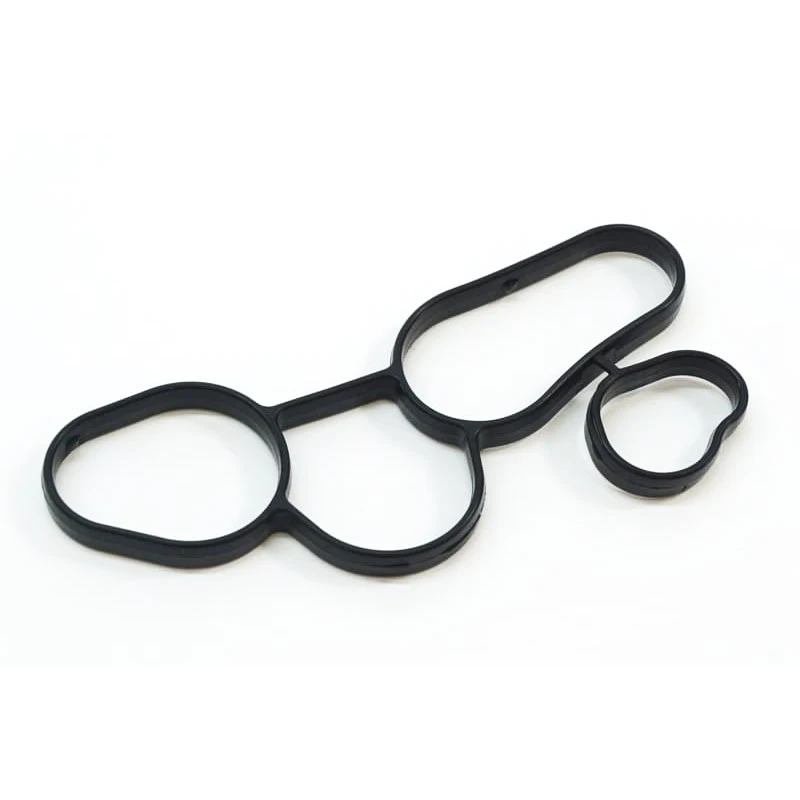Understanding Trailer Wheel Bearings and Seals for Optimal Performance and Longevity
Understanding Trailer Wheel Bearings and Seals
When it comes to the maintenance and functionality of trailers, the wheel bearings and seals play critical roles. These components are essential for the smooth operation of the trailer, ensuring that it can safely transport loads while minimizing wear and tear. In this article, we will explore the importance of wheel bearings and seals, how they function, signs of wear, and proper maintenance practices.
What Are Wheel Bearings?
Wheel bearings are sets of steel balls or rollers housed in a metal ring known as a race. They are located within the wheel hub and make it possible for the wheels to rotate smoothly. In trailers, which are often subjected to heavy loads and varying driving conditions, the condition of the wheel bearings is paramount. Their primary function is to reduce friction between the wheel and the axle while supporting the weight of the trailer.
The Role of Seals
Seals, specifically wheel seals, are rubber or synthetic materials that fit snugly around the wheel bearings to keep grease in and contaminants like dirt, water, and debris out. This protective barrier is vital for maintaining the integrity of the bearings. Without proper seals, contaminants can enter the bearing assembly, leading to premature wear and possible failure.
Importance of Regular Maintenance
Like all mechanical components, trailer wheel bearings and seals require regular maintenance to optimize their performance and lifespan. Neglecting this aspect of trailer care can lead to serious issues. Over time, lubricants can break down, and seals can wear out, compromising their effectiveness.
Signs of Wear and Potential Issues
Several indicators can alert an owner to potential problems with wheel bearings and seals. These may include
trailer wheel bearings and seals

2. Excessive Heat Wheel bearings that are failing can generate excess heat. If a wheel hub is unusually hot to the touch, it’s a sign that the bearings may need to be replaced.
3. Play in the Wheel If you notice any wobbling or play in the wheel when trying to move it side to side, this may indicate bearing damage.
4. Grease Leaks If you observe grease leaking from the seals, it's an indication that the seals are compromised and allowing lubricant to escape while allowing dirt and water to enter.
Maintenance Practices
To ensure optimal performance, here are some maintenance best practices for trailer wheel bearings and seals
- Regular Inspection Periodically check your wheel bearings and seals. Look for any signs of wear, such as discoloration or damage to the seals, and listen carefully for any unusual noises when driving.
- Greasing Depending on the type of bearings and usage, they will need to be repacked with grease at regular intervals. This process involves removing the wheel, taking out the bearings, cleaning them, and applying fresh lubrication before reassembling.
- Seal Replacement If you notice any signs of wear or leakage in your seals, it is prudent to replace them as soon as possible. Replacement of seals is generally a straightforward process that can prevent more significant issues down the line.
- Storage Considerations When storing a trailer for an extended period, consider raising it off the ground to relieve pressure on the tires and bearings. This practice can help reduce the risk of deformation and wear.
Conclusion
In summary, trailer wheel bearings and seals are crucial components that require attention and maintenance for efficient operation. Regular inspections, timely lubrication, and seal checks can significantly enhance the performance and longevity of your trailer. By taking proactive steps, owners can ensure safe towing and extend the lifespan of their equipment, ultimately saving time and money. Remember, it’s always better to address potential issues before they escalate into serious problems.
-
The Ultimate Guide to Car Repair Kits: Tools and Essentials Every Driver Should Own
News Aug.01,2025
-
The Complete Guide to Oil Pan Gaskets: Sealing Engine Leaks the Right Way
News Aug.01,2025
-
Preventing Oil Leaks: A Complete Guide to Oil Pan Gaskets and Drain Seals
News Aug.01,2025
-
Everything You Need to Know About Oil Pan Gaskets and Drain Plug Seals
News Aug.01,2025
-
Essential for Car Owners: How to Use a Car Repair Kit to Deal with Minor Breakdown
News Aug.01,2025
-
Comprehensive Guide to Engine Oil Sump Gaskets and Related Seals
News Aug.01,2025
-
The Ultimate Guide to Boat Propeller Bearings and Trailer Wheel Bearings
News Jul.31,2025
Products categories















